Netting Education
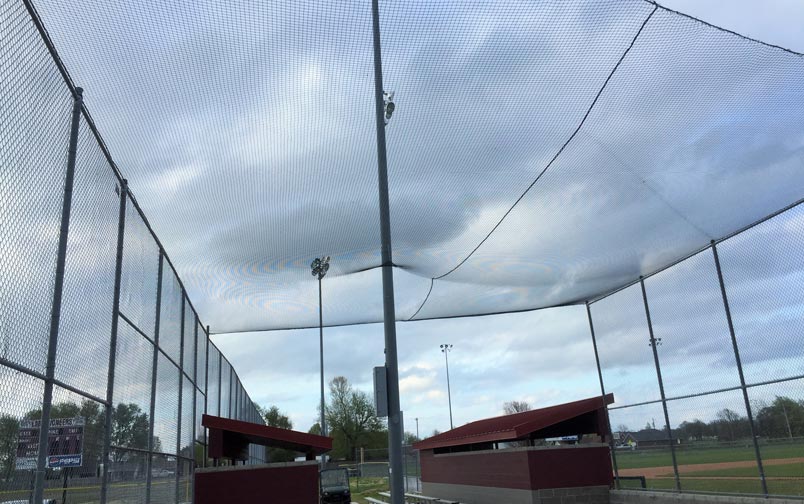
Net Education
HDPE Netting vs. Nylon Netting
There are two types of materials that netting is typically made of: Nylon and High Density Polyethylene, or more commonly referred to as HDPE.
Nylon netting is ideal for heavy use, indoor cages as it has the strongest breaking strength and is by far the most durable type of netting. Used in most MLB and NCAA indoor facilities, Nylon nets provide excellent abrasion resistance and the best overall durability. Consequently, Nylon netting is typically very expensive.
Nylon is typically not good for outdoor use because it soaks up water, which brings the potential for the netting to rapidly rot, shrink and discolor. As a result, the nylon netting can lose its breaking strength at a rate of up to 20% per year.

High-Density Polyethylene or HDPE netting can be used in both indoor and outdoor batting cages. Because it does not soak up moisture, HDPE netting will not shrink or rot, and typically retains its breaking strength for a longer duration of time. For added outdoor protection, our HDPE nets incorporate a UV Inhibitor directly into the individual twine-fibers. These UV Inhibitors help the netting resist break down due to exposure to direct sunlight.
While HDPE nets do not have the break strength of Nylon netting, they do offer a more price efficient option for your indoor or outdoor netting needs.
What twine size is right for my cage?
Normally, netting comes in twine sizes. The larger the number, the thicker the twine. For example, a #42 twine is twice as thick, and twice as strong as a #21 twine. It’s that simple.
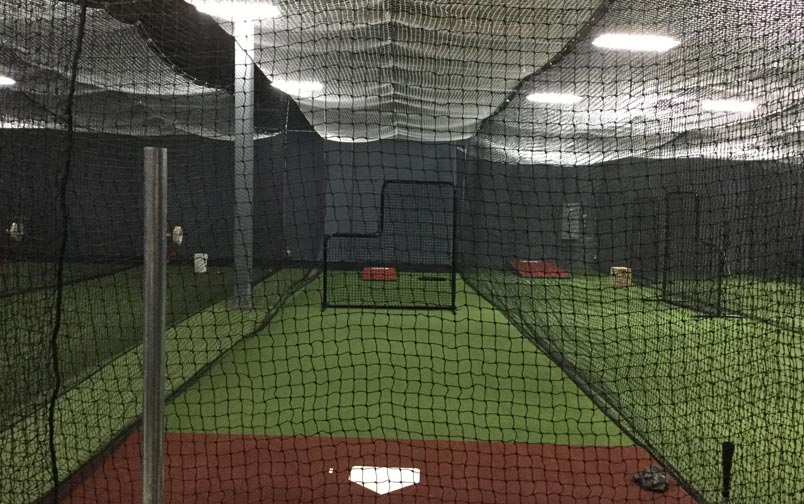
Twine Size and Description
#21: Adequate twine for personal or team cages. Not commercial grade. Should last up to 5 years with moderate use.
#30: A very good net. Heavy enough to withstand moderate commercial use. Will typically last 4 to 6 years with moderate-to-heavy use.
#36: Commercial quality netting. Ideal for heavy use. Will last several years with moderate-to-heavy use.
#42/#48/#60/#72/#96: The same stuff the pro’s use. Ideal for commercial batting cages. Maximum durability and life-span depending on usage and proper installation.
It should never be assumed that because a serial number is close to a twine size, it actually is that twine size. The best way to be sure is to always ask.
Also to be considered when comparing netting is the sizing system they are based on. All of our nets are based on American Standard Sizing, meaning that our #42 nets are true #42 netting. Many competitors’ nets are listed using other sizing methods, and the net being advertised may not be what it appears. The best way to avoid this deception is to directly compare the shipping weights.
How important is Break Strength?
The break strength of a net can be compromised over time due to many factors: heavy-use, abrasion, exposure to moisture, and direct exposure to sunlight. Depending on these factors, the break strength of a net can be reduced by as much as 20% per year.
A batting cage net will fail when its breaking strength drops below 60 lbs.
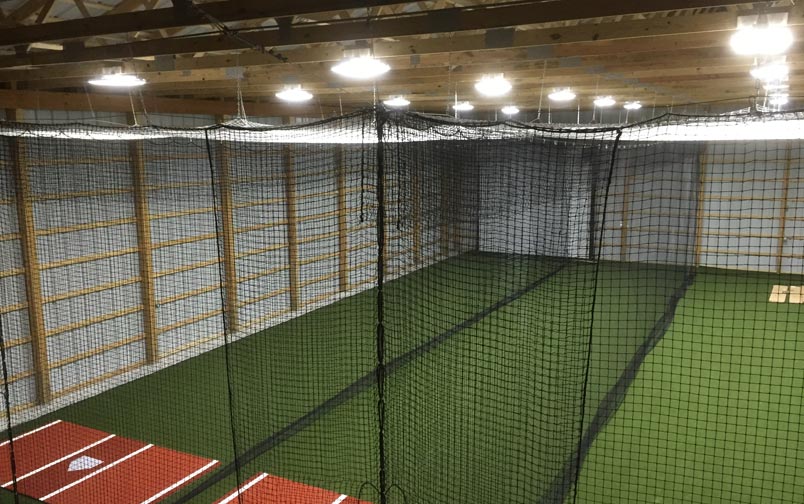
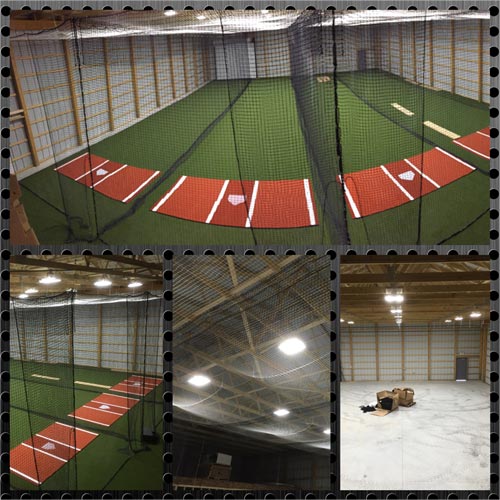
Knotted Netting vs. Knotless Netting
Diamond Hung Netting vs. Square Hung Netting
Square Hung netting is slightly more expensive, because it requires more material to construct it. A cage hung on a square will typically open straighter, and feature a neater edge. Square hung nets are a significantly better product overall.
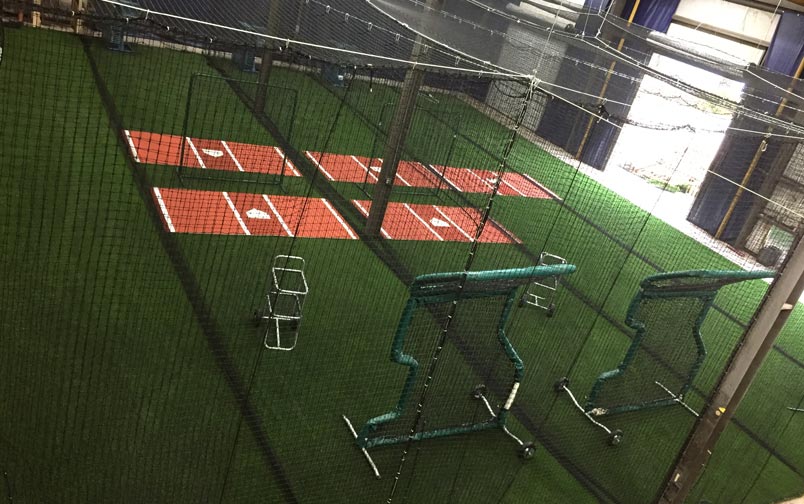

How long will my netting last?
The durability, or lifespan of netting can be determined by the following factors:
1. Size/Weight of netting material vs. Intended use
2. Resistance to weather conditions
3. Constructions of the netting
4. Resistance to abrasion
